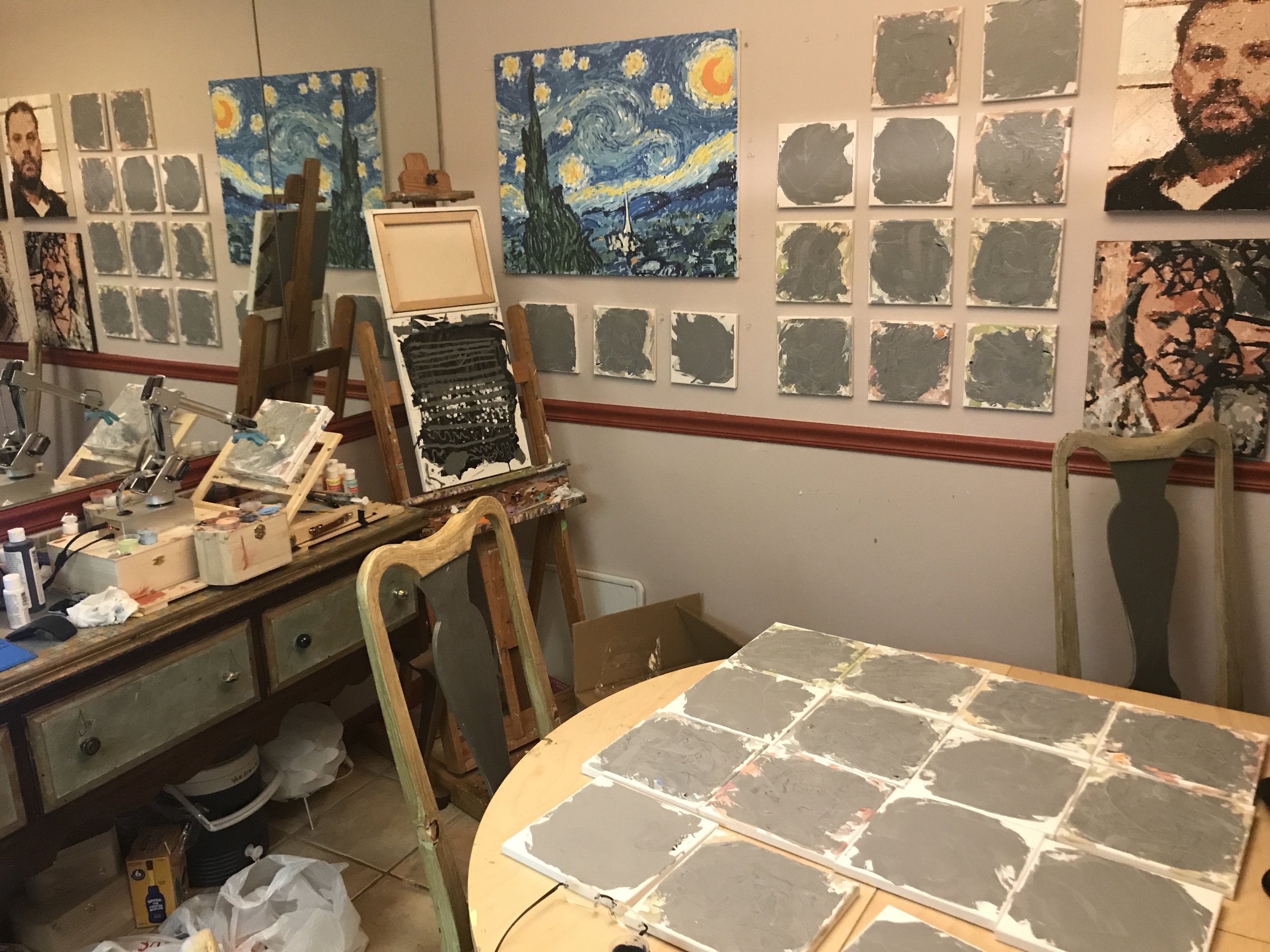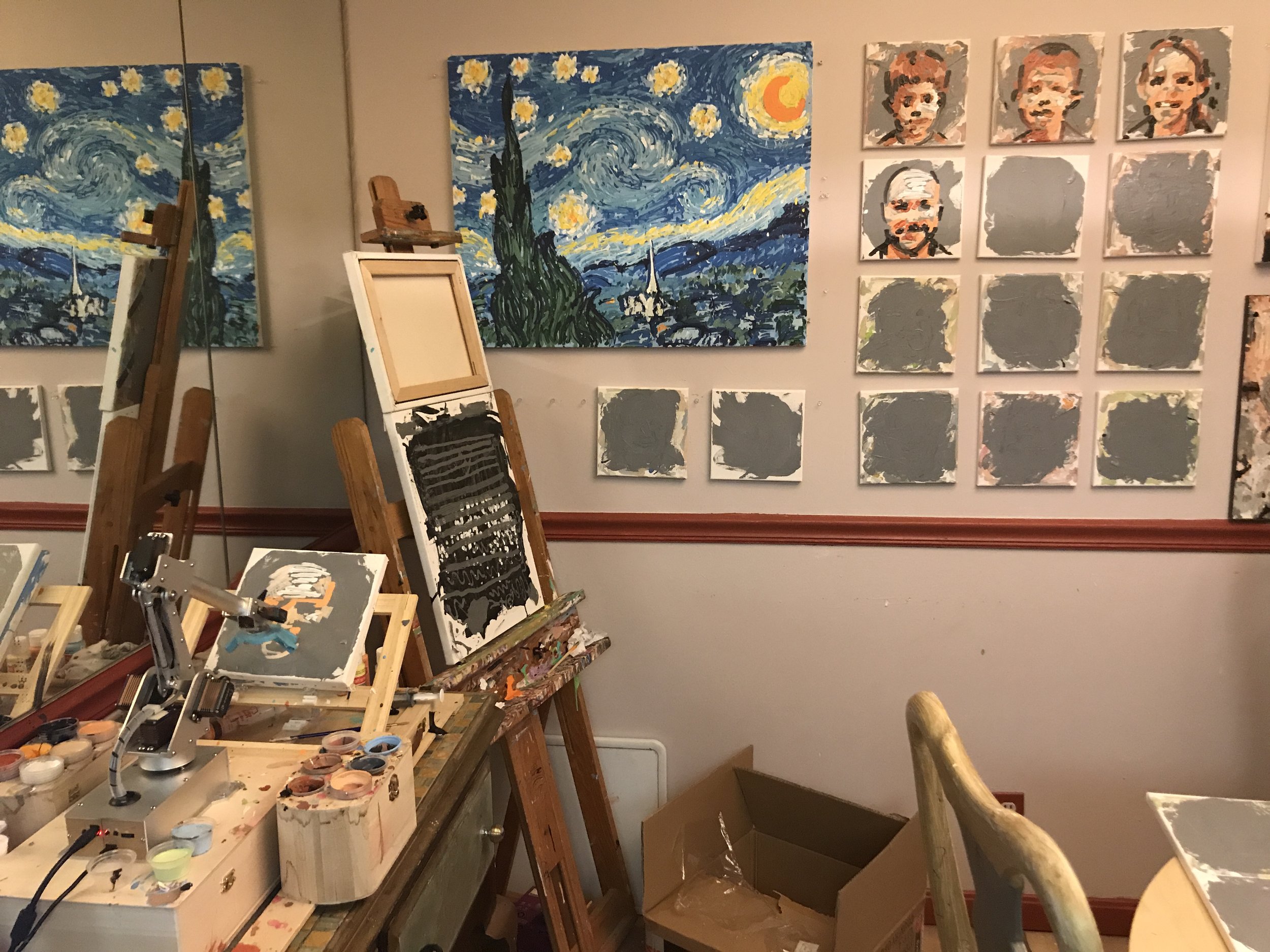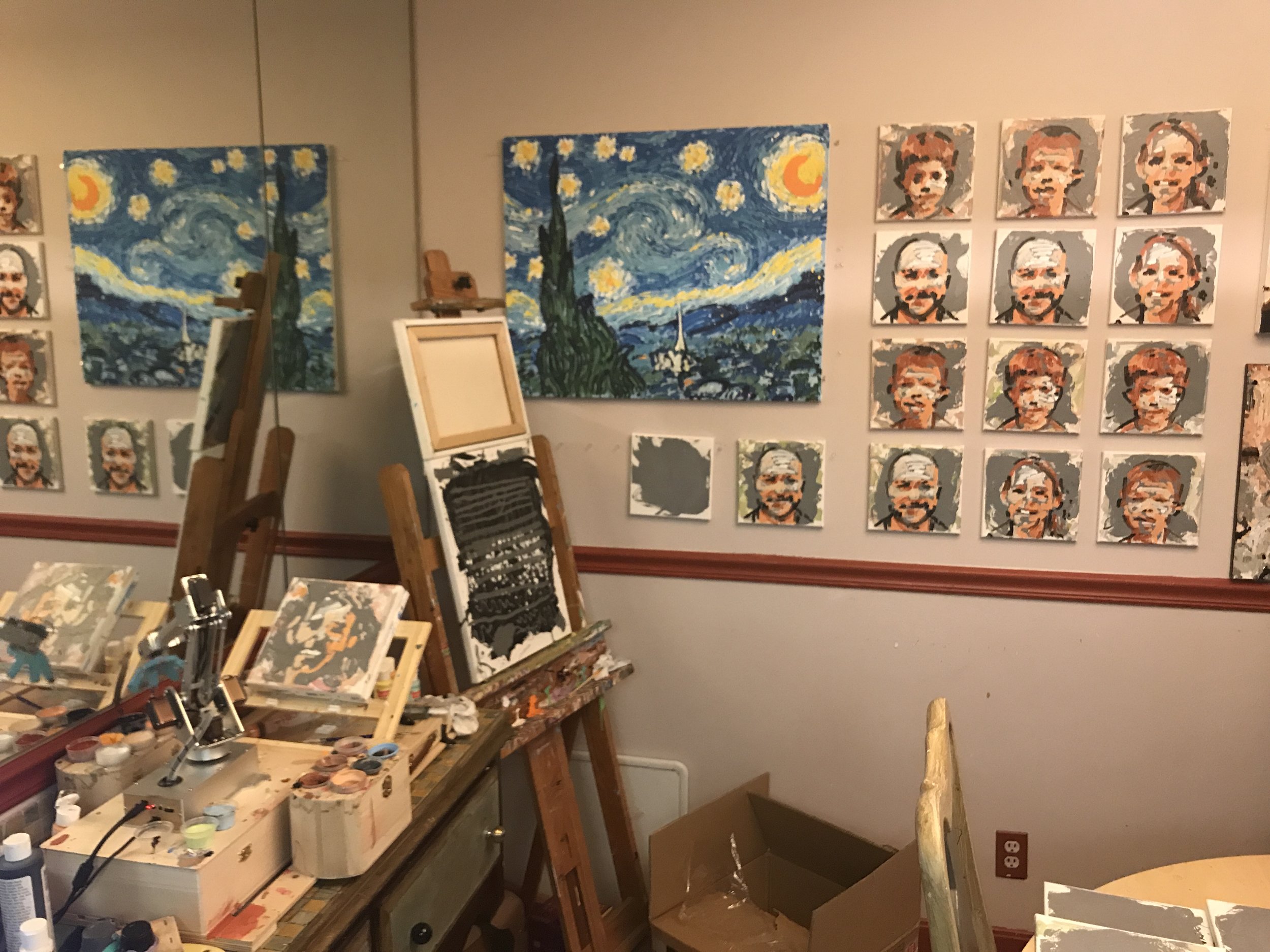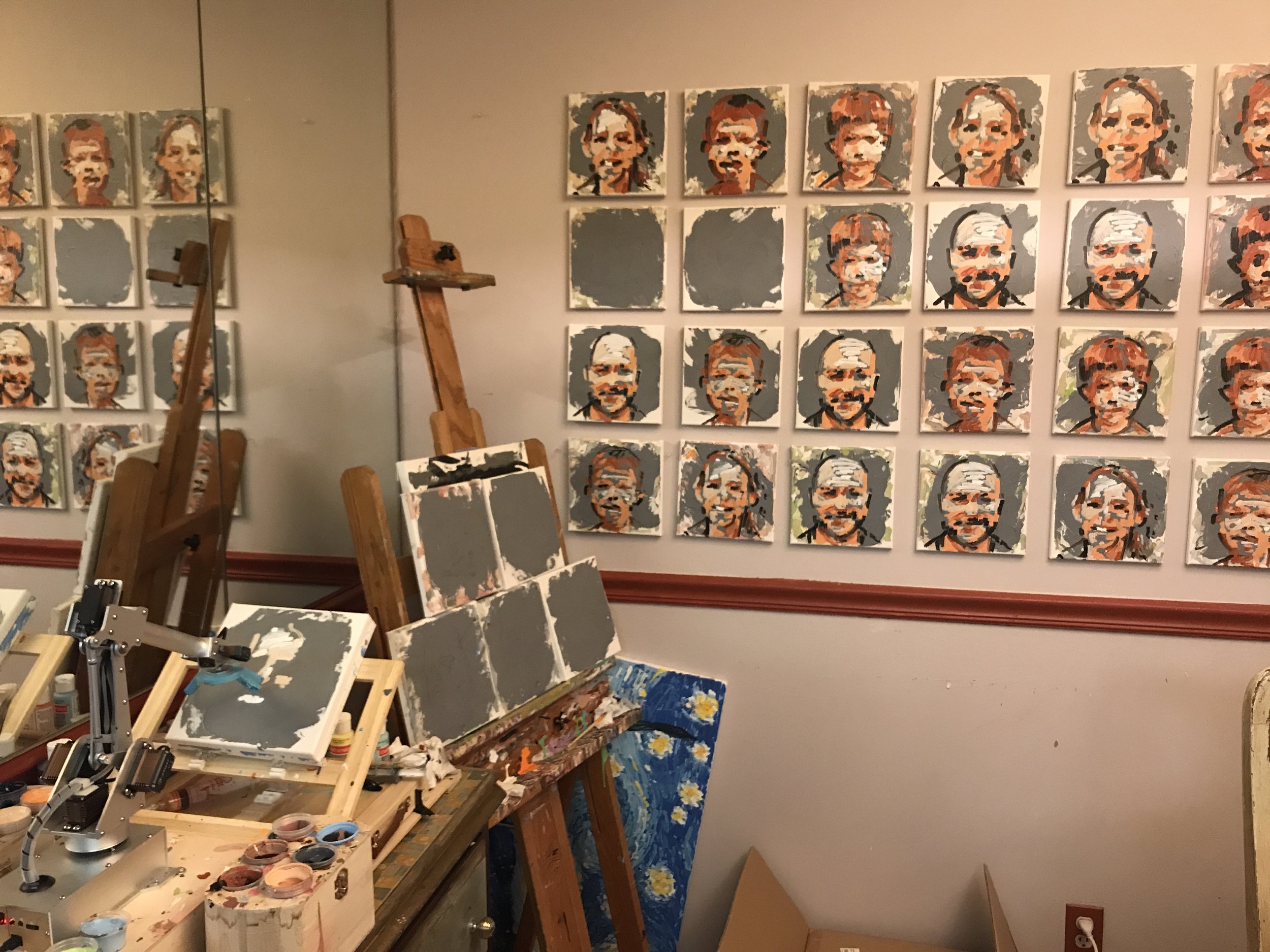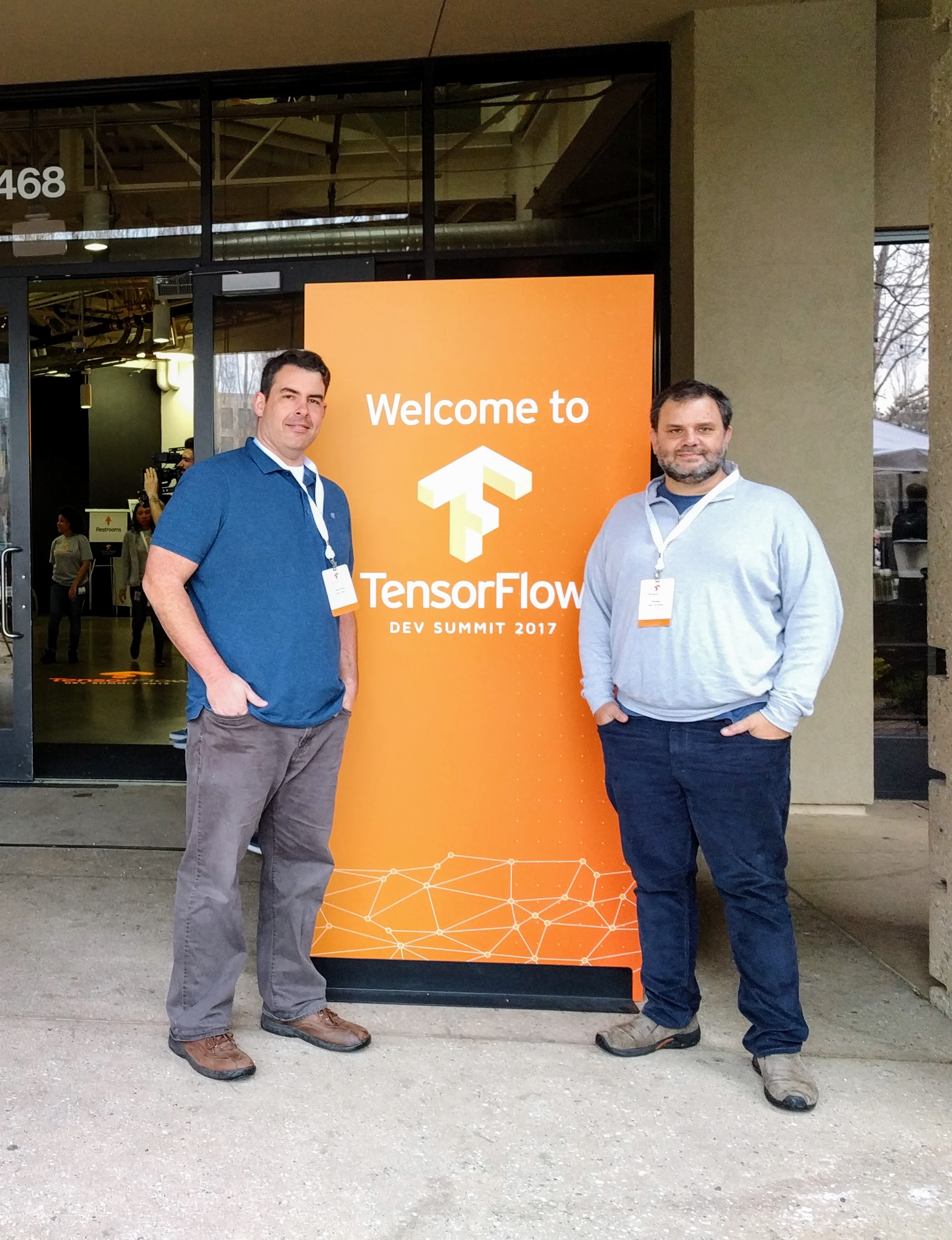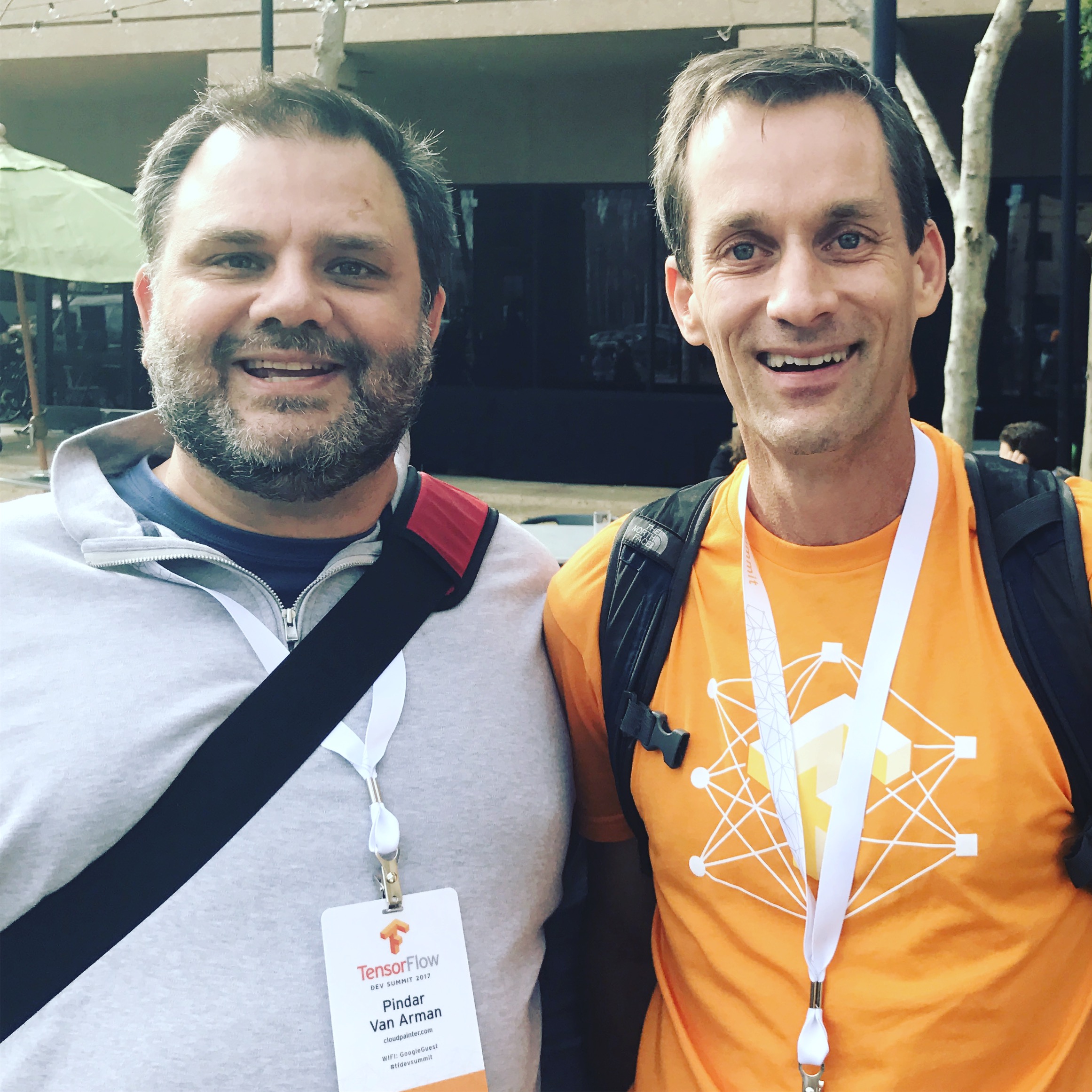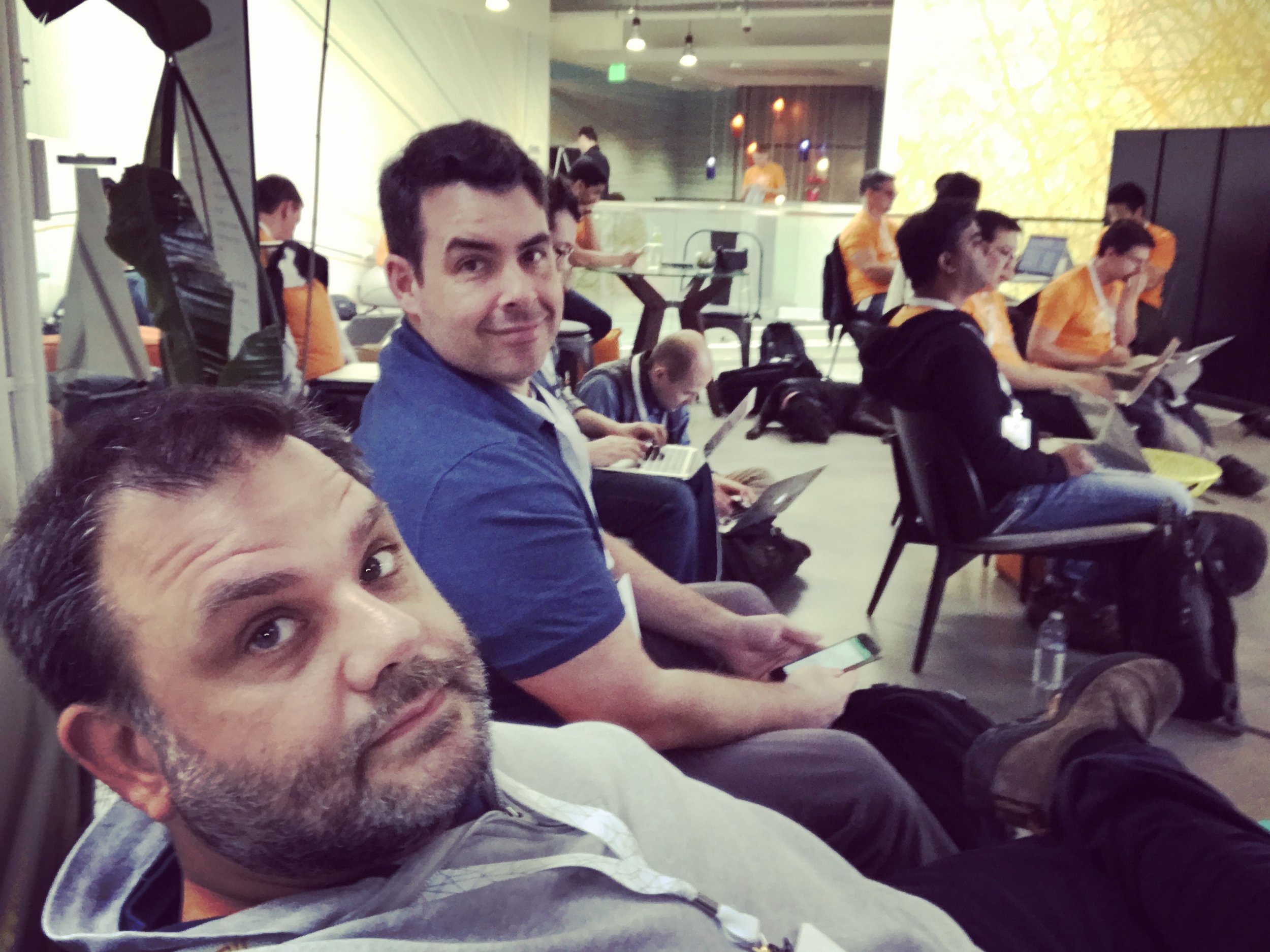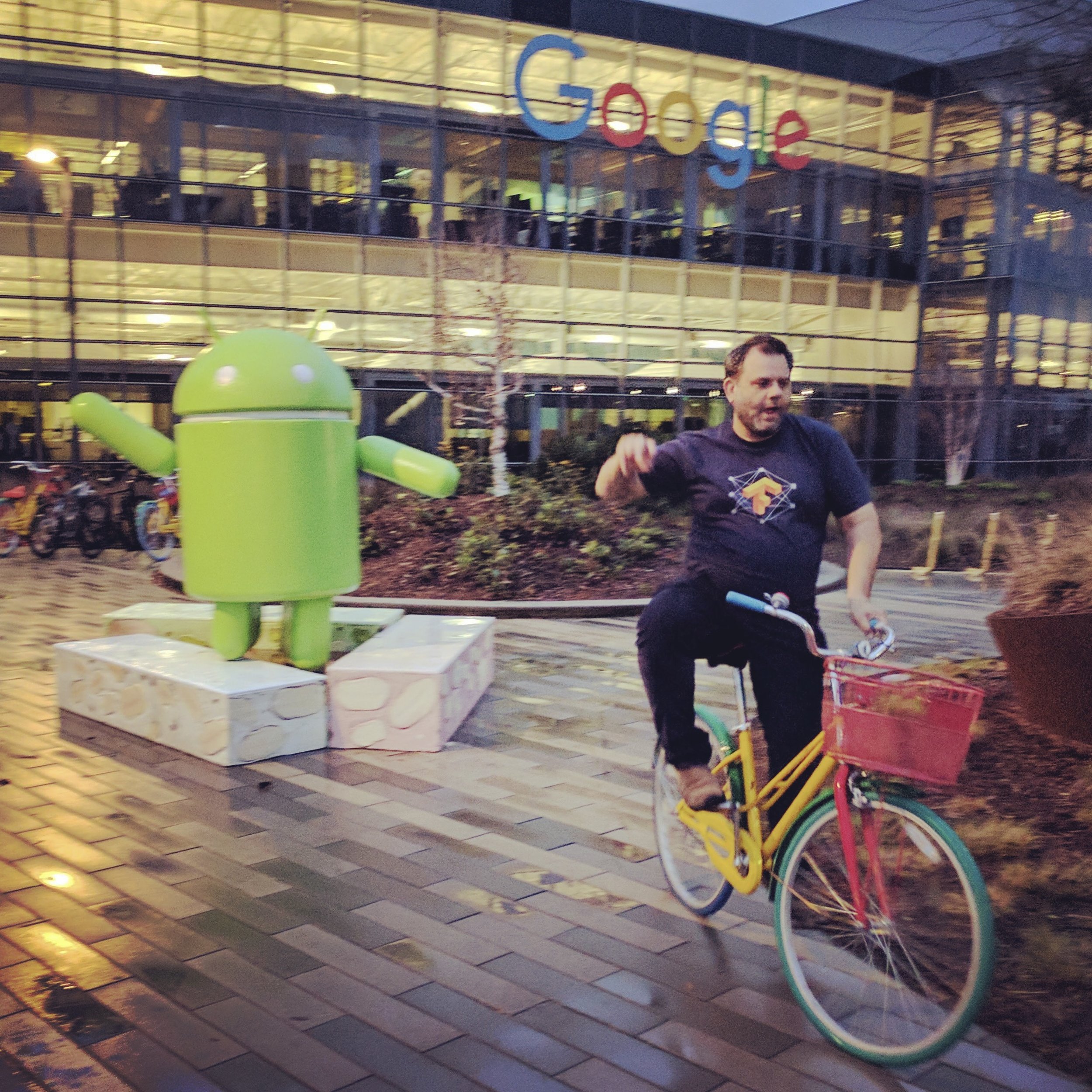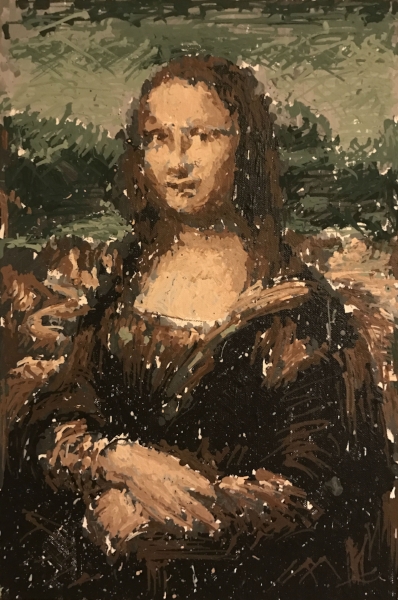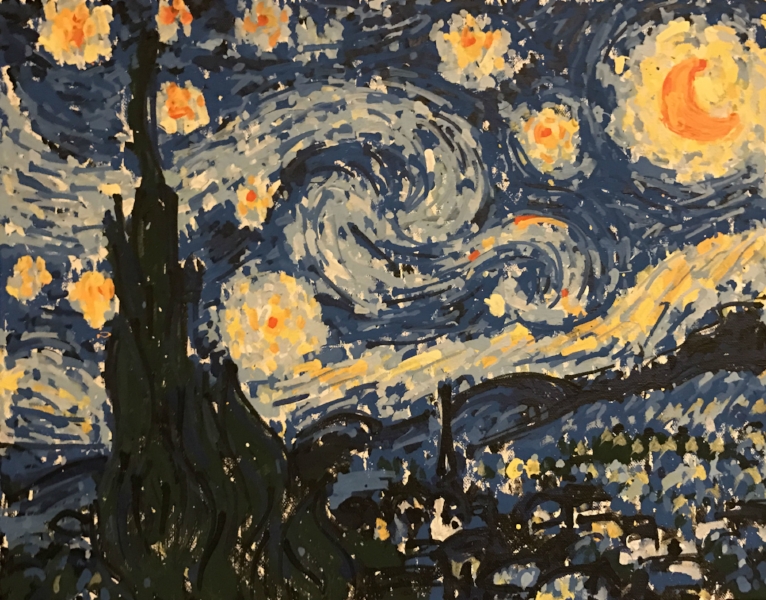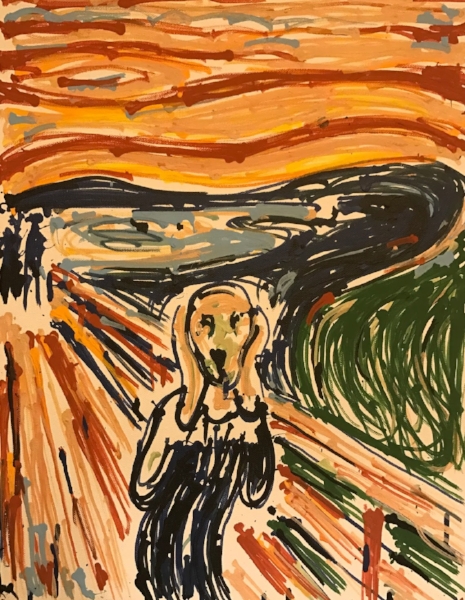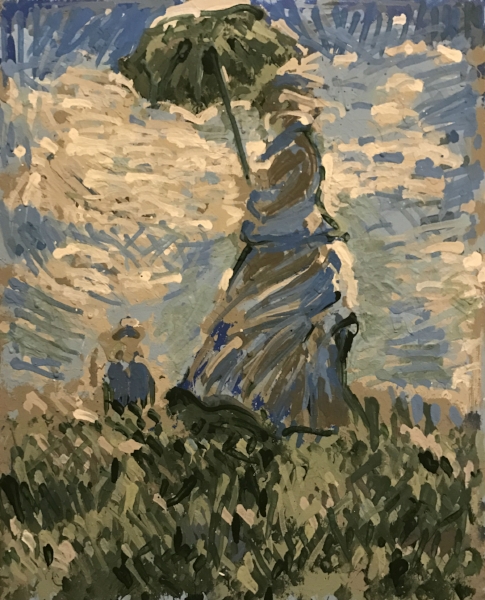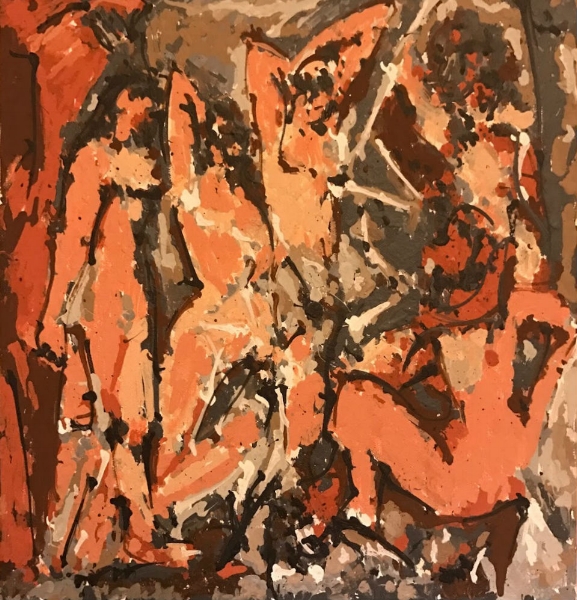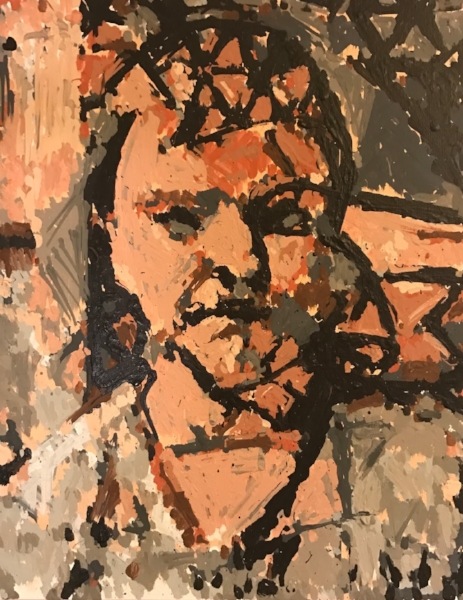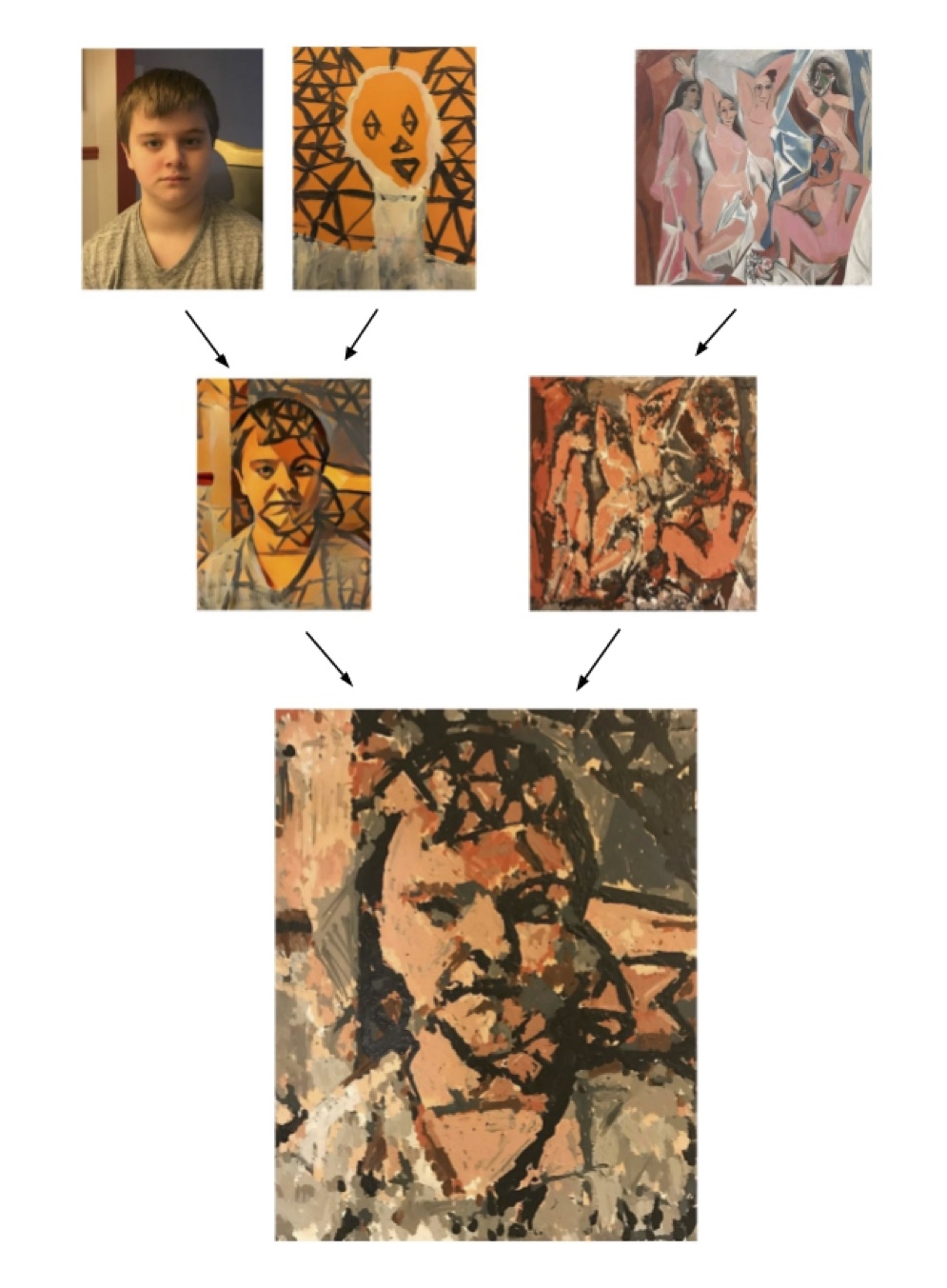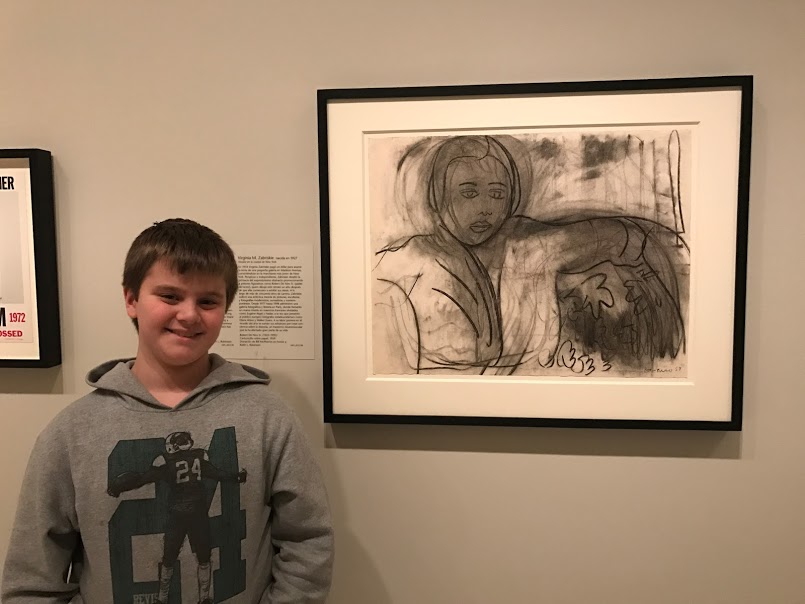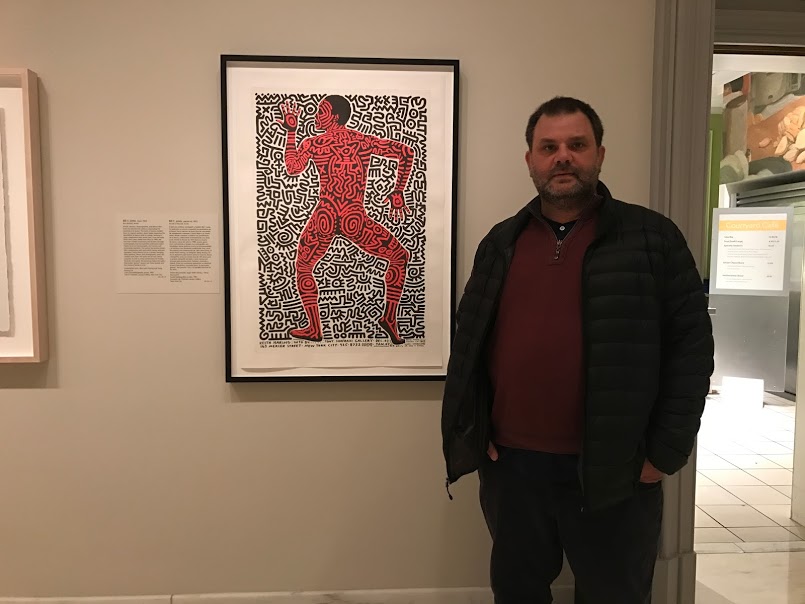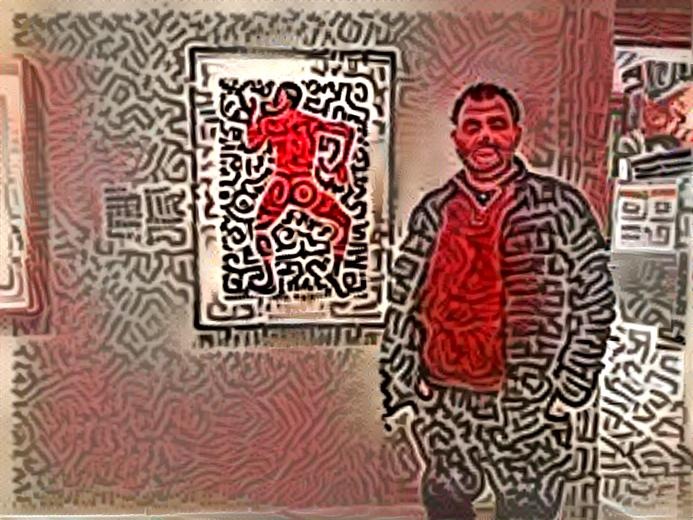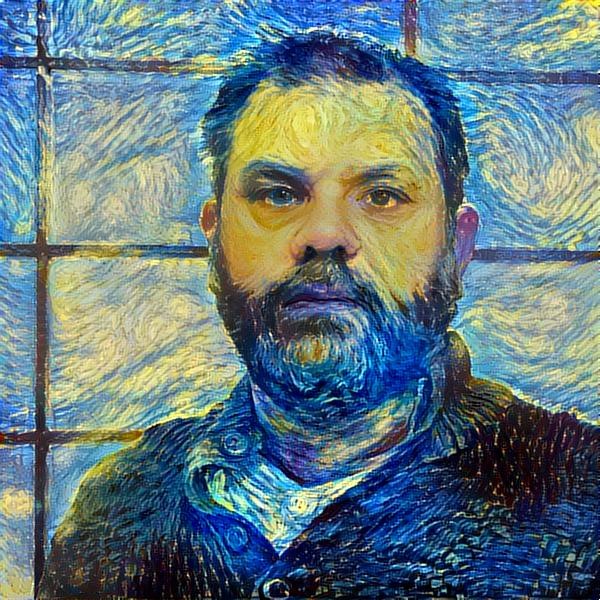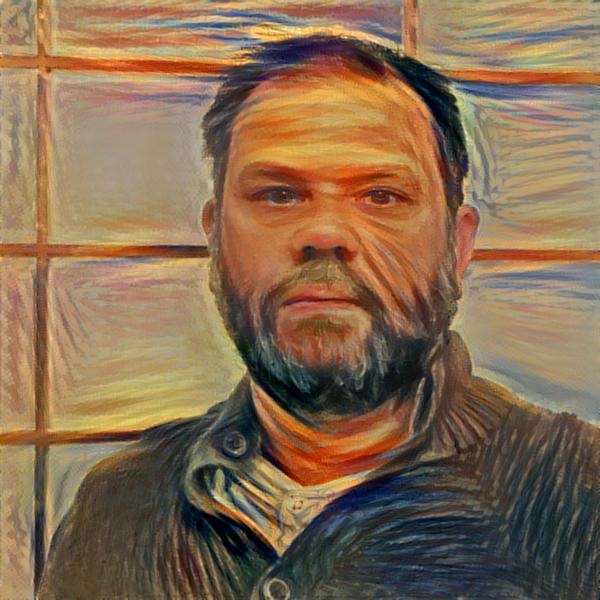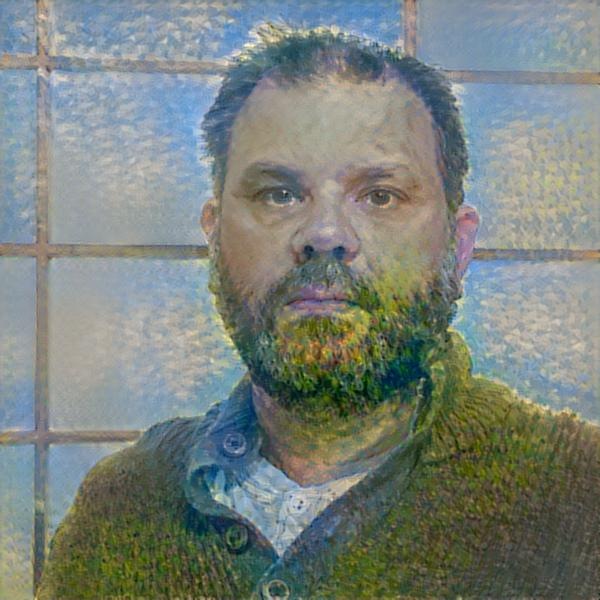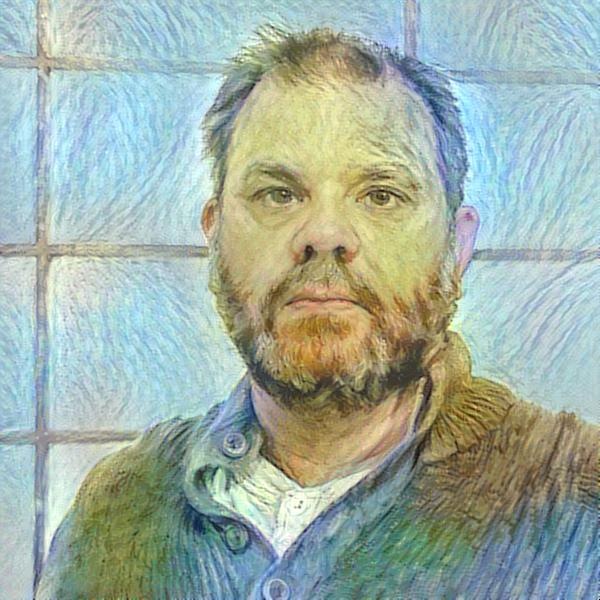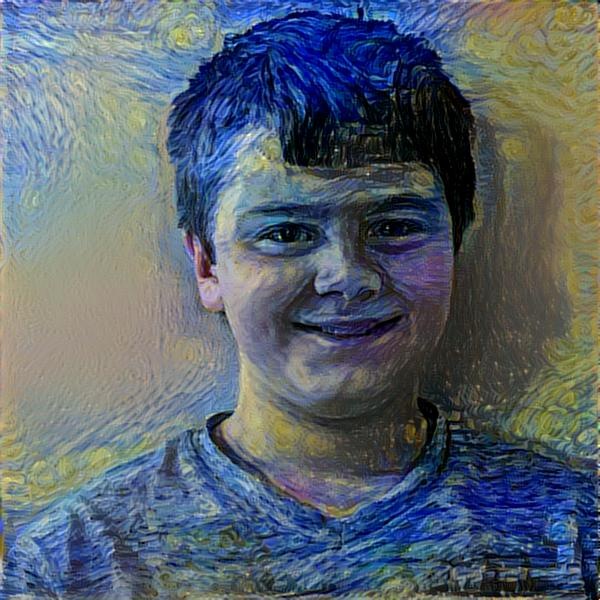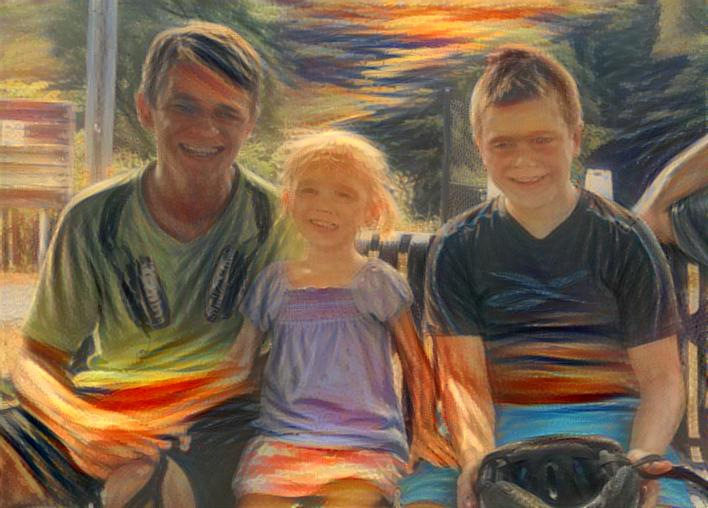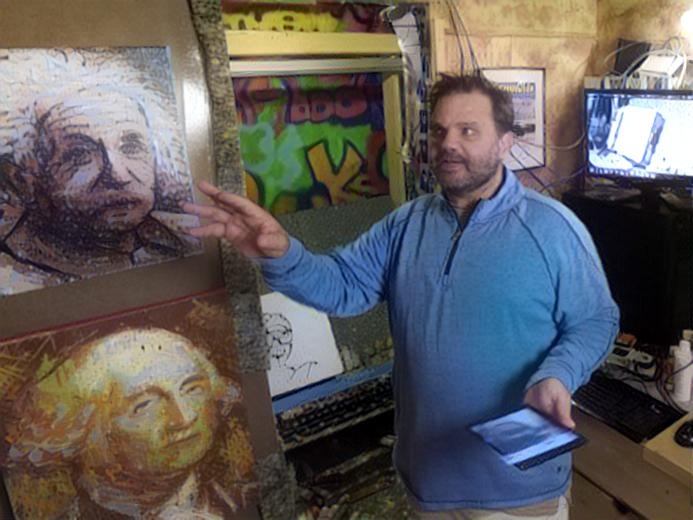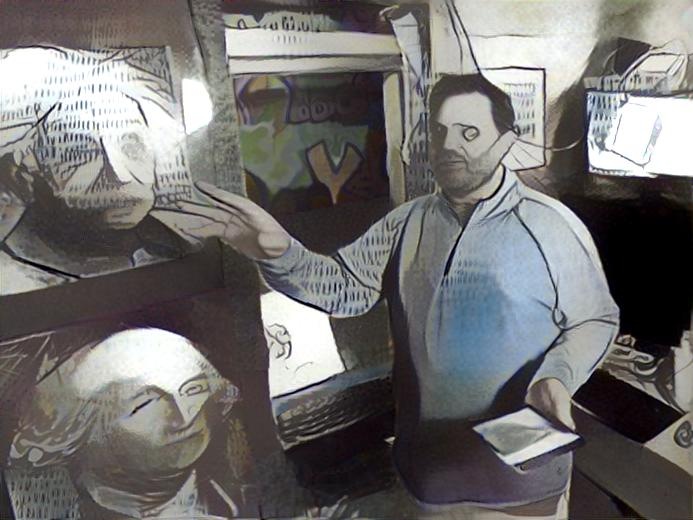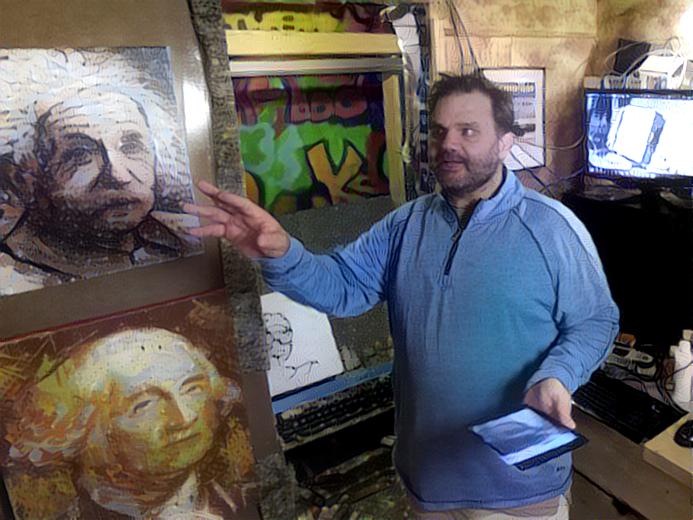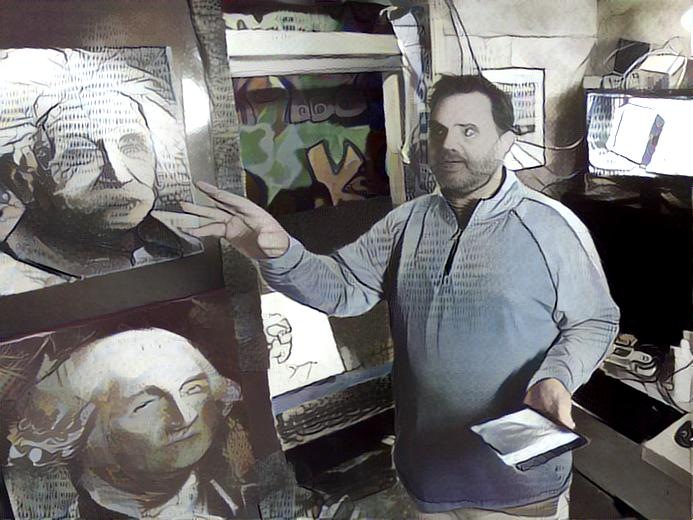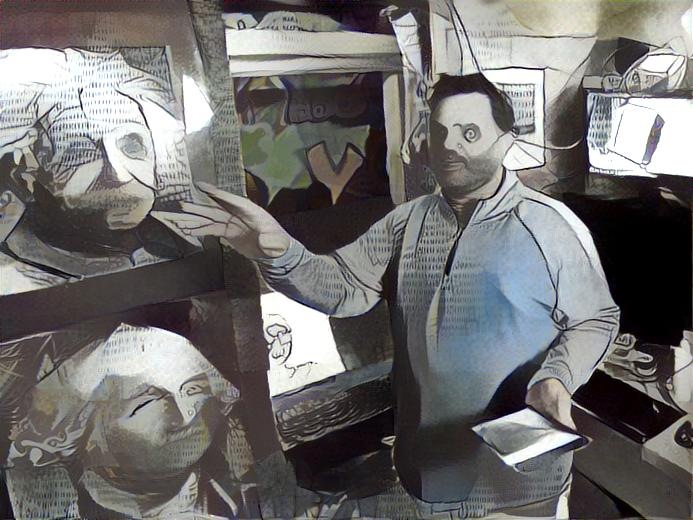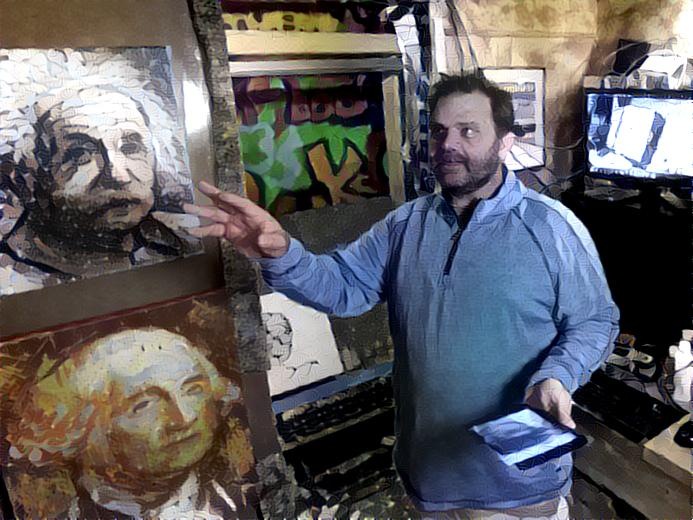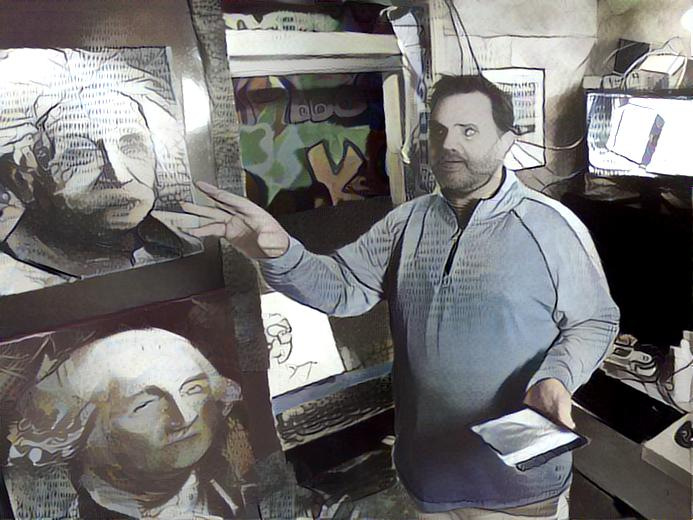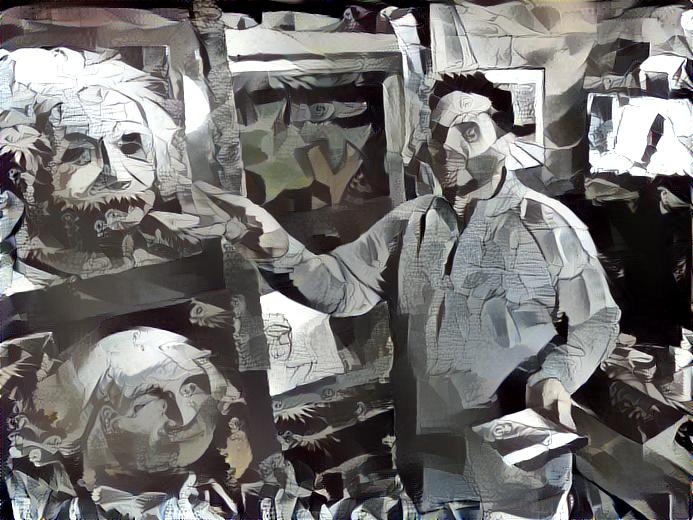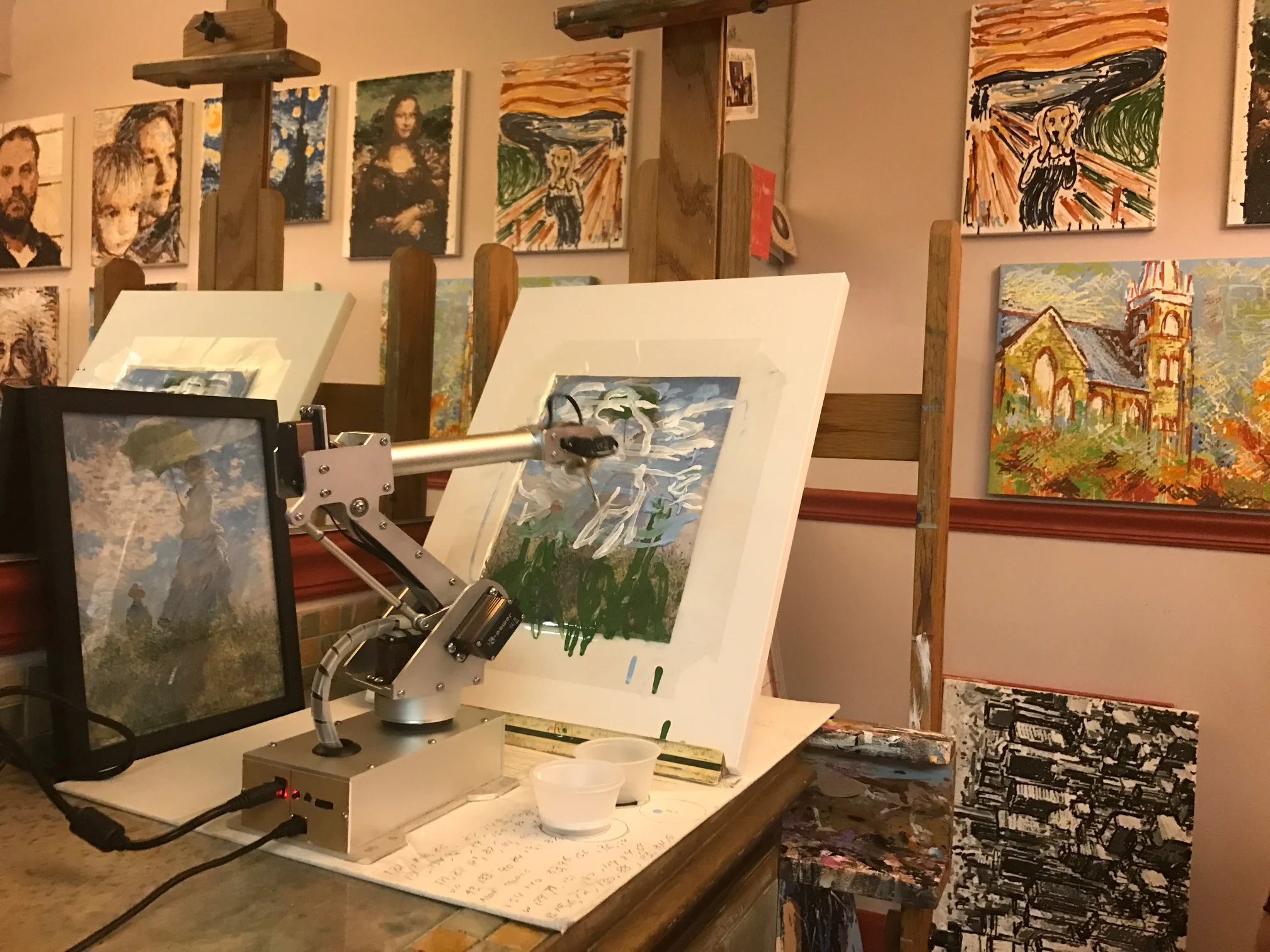Avoiding Uncreative Behavior
Was excited to recently make contact with Simon Colton, the artist and developer behind The Painting Fool. After brief twitter chat with him, heard about his thoughts on the criteria that made things "uncreative". If I understood him correctly, it is not so much that he is trying to make software creative, but that he is trying to avoid things that could be thought of as "uncreative", such as random number generation.
He directed me to one of his articles that went into details on this. What I read was really interesting.
On Acid Drops and Teardrops: Observer Issues in Computational Creativity
Simon Colton, Michael Cook, Rose Hepworth and Alison Pease
The work begins with a rather elegant definition of Computational Creativity that I agree with.
Computational Creativity: The philosophy, science and engineering of computational systems which, by taking on particular responsibilities, exhibit behaviours that unbiased observers would deem to be creative.
There are many interesting thoughts throughout rest of paper, but the two concepts that I found most relevant were that
1) artificially creative systems should avoid randomness
and
2) they should attempt to frame, or give context to, what they are creating.
He begins by criticizing the over reliance on random number generation in computationally creative systems. Using the example of poetry, Colton writes that software could use random number generation to create a poem with "exactly the same letters in exactly the same order as one penned by a person." But despite fact that both works are identical and read identically, the poem created with random numbers is meaningless by comparison to the poem written by a person.
Why?
Well there are lots of reasons, but Colton elaborates on this to emphasize the importance of framing the artwork, where
"Framing is a term borrowed from the visual arts, referring not just to the physical framing of a picture to best present it, but also giving the piece a title, writing wall text, penning essays and generally discussing the piece in a context designed to increase its value."
In more detail he goes on to say...
"We advocate a development path that should be followed when building creative software: (i) the software is given the ability to provide additional, meta-level, information about its process and output, e.g., giving a painting or poem a title (ii) the software is given the ability to write commentaries about its process and its products (iii) the software is given the ability to write stories – which may involve fictions – about its processes and products, and (iv) the software is given the ability to engage in dialogues with people about what it has produced, how and why. This mirrors, to some extent, Turing’s original proposal for an intelligence test."
This view is really interesting to me.
In my own attempts at artificial creativity, I have always tried to follow both of these ideas. I avoid relying on random number generation to achieve unexpected results. And even though this has long been my instinct, I have never been able to articulate the reason why as well as Colton does in this writing. Given the importance of a creative agent to provide a frame for why and how each creative decision was made, random number generation is a meaningless reason to do something, which in effect takes away from the meaning of a creation.
Imagine being struck by the emotional quality of a color palette in an artwork then asking the artist why they chose that particular color palette. If the artist's response was, "It was simple really. I just rolled a bunch of dice and let them decide on which color I painted next." The emotional quality of the color palette would evaporate leaving us feeling empty and cheated that we were emotionally moved by randomly generated noise.
With this reading in mind and the many works of Simon Colton and The Painting Fool, I will continue to try and be as transparent with the decision making process of my creative robots as possible. Furthermore, while I do try to visually frame their decision making processes with timelapses of each painting from start to finish, I am now going to look at ways to verbally frame them. Will be challenging, but it is probably needed.
If you want to see more of Simon Colton and The Painting Fool's work check out the You Can’t Know my Mind exhibition from 2013.






